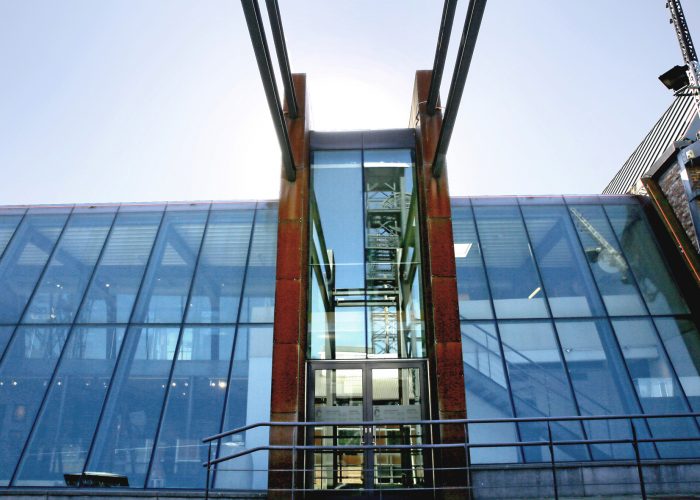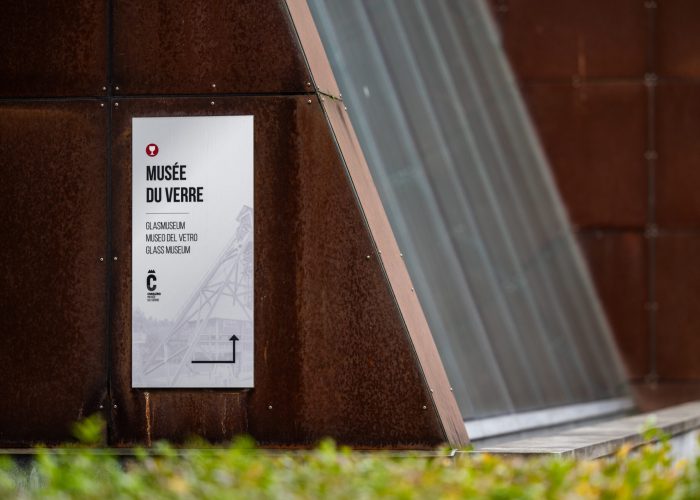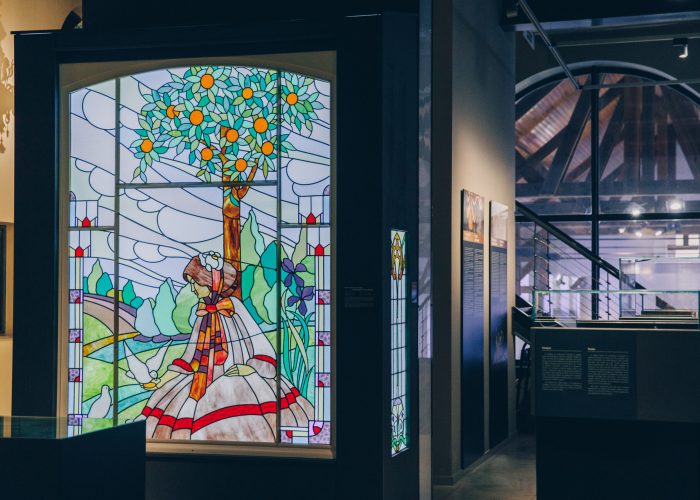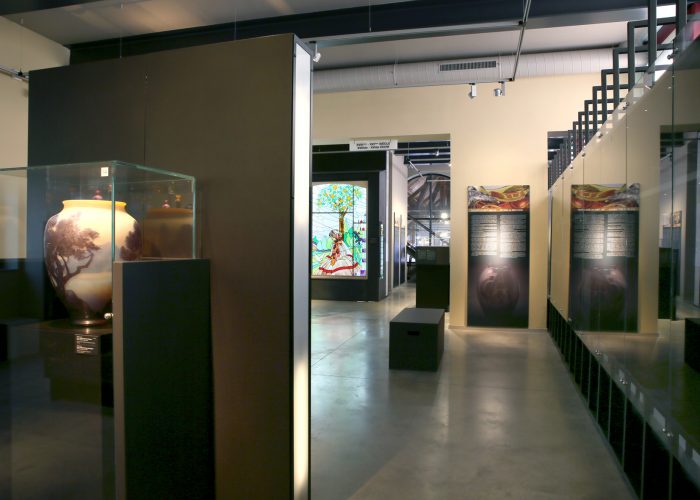Glass Museum




If mining and steelmaking are obvious when you talk about Charleroi, it’s less obvious when you talk about glass. And yet, for more than three centuries, Charleroi has been a major centre for the manufacture of flat glass. At the beginning of the 20th century, the glass industry employed more than 9,000 people and, thanks to Charleroi, Belgium was the world’s leading exporter of flat glass. Charleroi was also at the forefront of technical innovation, with the introduction of the tank furnace in the 1880s and the development of the vertical flat glass drawing machine by engineers Fourcault and Gobbe in 1902.
It was important to keep a trace of this glorious past. Shortly after the end of the Second World War, the Belgian Association ‘to promote the study of glass and siliceous compounds’ and the mayor of Charleroi, Joseph Tirou, launched the project to build a glass museum. An initial agreement was signed in 1950 concerning the construction, at the expense of the Belgian State, of a building to house the Institut national du Verre and this future museum, the management of which was to be entrusted to the municipal administration. The City of Charleroi decided to acquire Raymond Chambon’s collection: the future curator of the museum, he had assembled an extraordinary collection of objects illustrating the history of glass through the centuries. The Musée du Verre was inaugurated with great fanfare on 25 June 1973, in the presence of Prince Albert and the Prime Minister, Edmond Leburton. The museum’s design and presentation were hailed by critics, and the scenography was designed to be resolutely educational, enabling as many people as possible to understand glass through its science, techniques, history and artistic movements.
After more than 30 years in the city centre, in 2007 it was transferred to the Bois du Cazier site, in the former coal-mining lamp factory. Since then, it has organised a wide range of activities, including Glass Days (odd-numbered years), a focus on contemporary artists, an introduction to glassmaking in the studio (spinning, fusing, thermoforming, etc.), symposia and lectures.
While the initial collection consisted of just over 1,000 objects telling the story of glass since Mycenaean times, it has grown considerably over the last 50 years. Today, there are no fewer than 6,000 objects or groups of objects in the collection. An iconographic collection completes the collection. The collection is enriched by donations and acquisitions. The aim of the collection has remained unchanged for 50 years: to enhance our knowledge of art, history and technology through objects that illustrate how they have evolved over the centuries.
